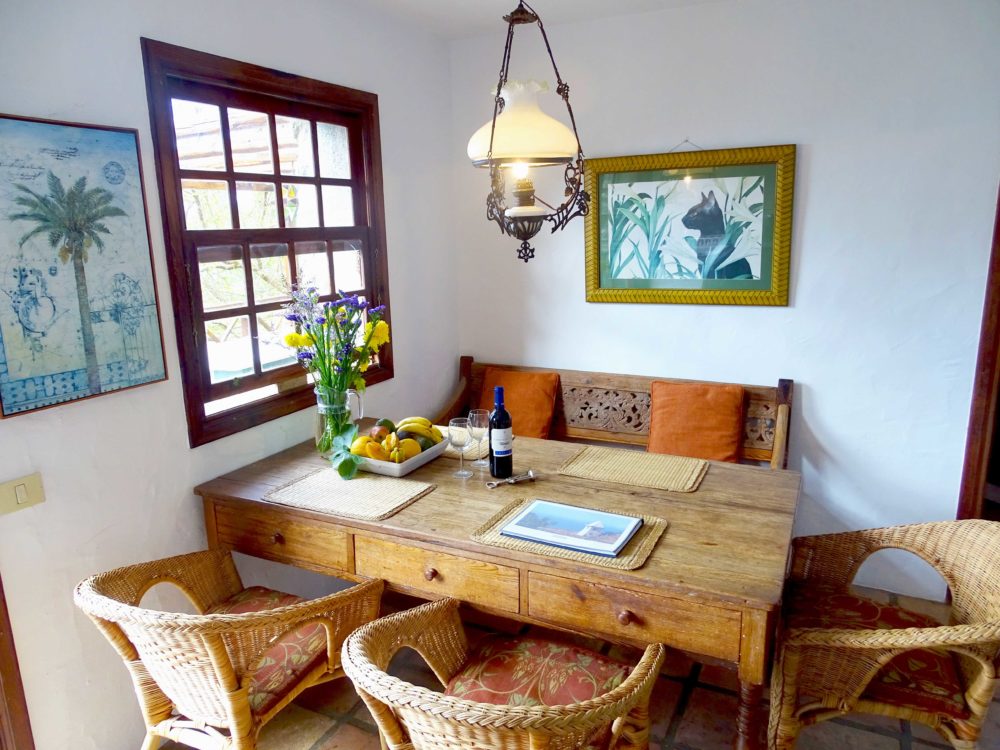Brassica rapa subsp. pekinensis
Chinakohl
Pekingkohl, Selleriekohl
Englische Bezeichnung: Chinese Cabbage
Spanische Bezeichnung: Col China
Familie
Kreuzblütengewächse (Brassicaceae)
Hauptbestandteile:
Mineralstoffe: Calcium, Magnesium, Kalium
Vitamine: B-Vitamine, C, Polsäure
Sekundäre Pflanzenstoffe: Antioxidantien, krebsfeindliche Senfölglycoside
Ernte-Hinweise:
Den kompletten Kopf nah am Boden abschneiden und gegebenenfalls die äußeren Blätter entfernen. Eine frühere Ernte einzelner Blätter ist auch möglich, denn Chinakohl treibt immer wieder nach.
Verwendung:
Rohkost, Kochen, Dünsten, Schmoren, Blanchieren, Braten, Fermentieren
-
z.B.: als Gemüsebeilage in Salaten, Aufläufen, Sauerkraut,…
Chinakohl stammt ursprünglich aus dem Norden Chinas und breitete sich rasch im ganzen asiatischen Raum aus. Dort zählt er bereits seit Jahrhunderten zu den am meisten angebauten und verwendeten Gemüsesorten.
Family
Cruciferous Vegetables (Brassicaceae)
Parts Used:
Leaves
Key Constituents:
-
Minerals: calcium, magnesium, potassium
-
Vitamins: B vitamins, C, folic acid
-
Secundary plant substances:
antioxidants, as well as anti-cancer sulfur-containing glucosinolate compounds, isothiocyanates and sulforaphane
Harvesting Guidelines:
Cut off the entire head close to the ground and, if necessary, remove the outer leaves. Earlier harvesting of individual leaves is also possible, because Chinese cabbage always sprouts again.
Use:
raw, cooking, stewing, blanching, sauteeing, fermenting
e.g: as a vegetable side dish, in stews, salads, casseroles…
Chinese cabbage originated in northern China and quickly spread throughout the Asian region. There it has been one of the most cultivated and used vegetables for centuries.
Familia
Planta Crucífera
Partes aprovechables:
Hojas
Principales Constituyentes:
-
Minerales: calcio, magnesio, potasio
-
Vitaminas: Vitaminas B y C, Ácido fólico
-
Sustancias vegetales secundarias: Antioxidantes: antocianinas, así como aceites de mostaza sulfurosos y glucósidos anticancerígenos.
Indicaciones de Cosecha:
Corte toda la cabeza cerca del suelo y, si es necesario, retire las hojas exteriores. También es posible la cosecha temprana de hojas individuales, ya que la col china siempre vuelve a brotar.
Uso:
Como verdura cruda, cocida, guisada, estofada, escaldada, asada, fritura, fermentación
ej.: como guarnición, en guisos o estofados, como chucrut, …
Es originaria del norte de China y se extendió rápidamente por toda Asia. Durante siglos ha sido una de las hortalizas más cultivadas y utilizadas.







































